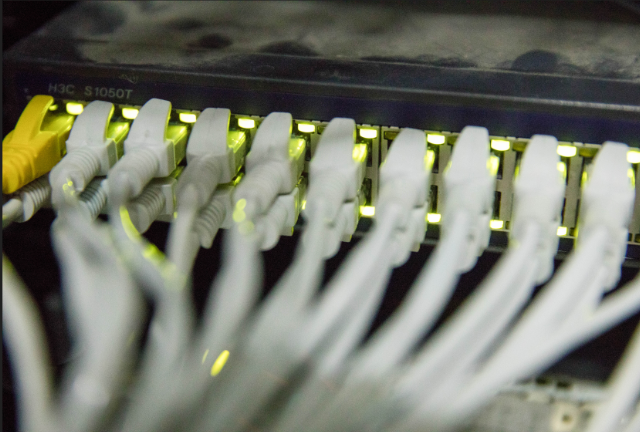What is Telecom Cabling?

What is Telecom Cabling?

Telecommunications cabling, also known as telecommunication cables or telecommunication lines, refers to the wiring infrastructure used to transmit voice and data communications between different locations within a building or across multiple buildings, and has a significant impact on the performance of communication networks. To ensure smooth communication, it is essential to have a properly designed telecommunications room (TR). In this article, we will introduce telecommunication room and telecommunication cabling, and provide some tips for telecommunication cabling design.
What is a telecommunications room?
A telecommunications room is a secure and controlled designated area within a building where all telecommunications lines and equipment are installed and managed. It plays a key role in networking as it connects IT infrastructure with end users of communication networks and helps to trace lines including data, voice, video and security systems. A well-designed TR can help prevent unauthorized access and ensure the security and reliability of communication networks.
What is Telecom Cabling?
As mentioned above, a telecommunications room is the space that contains cable terminations and associated cross-connect cables. Organized telecommunications routing is all that is needed for cables and wires to provide flexible installation, simplified network upgrades and easier cable tracing.
Most telecommunication lines can be installed in two ways, either horizontally or vertically. Cable management tools, such as fiber optic enclosures, fiber optic cassettes, fiber optic adapter panels, cat6/cat7 patch panels, and vertical cable managers, are commonly used in telecom cabling to route and manage large volumes of wires.
Telecom cabling system is an important part of the communication network, which can ensure good data transmission of computers, Wifi access points, IP cameras and other equipment in the work area. So, how do you build good telecom cabling?
Telecommunication Cabling Design Tips
Below are some general tips that should be considered when designing a telecommunications cabling system to ensure that the cabling infrastructure meets network demands and operates reliably.
1. Assess network requirements: Before designing a cabling system, it is important to evaluate network requirements, including bandwidth requirements, data traffic, and the types of devices and applications used on the network. This will help determine the type and quantity of cables, connectors and other components required.
2. Provide sufficient space for telecom cabling: The size of the TR should be large enough to accommodate telecom cabling and equipment such as racks or network cabinets. And consider how much floor and ceiling space is needed so that technicians can easily move around the telecommunications cabling system to troubleshoot and maintain proper clearance.
3. Select the cable type: select the appropriate cable type according to network requirements and telecommunication cabling infrastructure. Such as Cat6, Cat6a, and Cat7 are usually used for 10GBASE-T applications, Cat8 is used for 25Gbps or 40Gbps applications, and optical fiber cables such as OS2 and OM3/OM4/OM5 can support up to 100G connections.
4. Consider cable management and maintenance: When selecting a cable management system, it is wise to choose an open frame to allow easy access to telecommunication lines to ensure easy identification and troubleshooting. Other advanced cable management solutions include telecom distribution frames and fiber optic enclosures, with modular designs for easy operation and cost-effective cable management and maintenance.
5. Planning for future scalability: Considering the expected growth of the communication network, the telecommunications cabling infrastructure should be designed to accommodate future expansion without major disruption or increased cost.
in conclusion
Designing the ideal telecommunications room requires careful planning and consideration of the requirements of the communications network. A well-designed telecommunications room, including telecommunications cabling and equipment, helps ensure the efficient operation of the telecommunications network, prevents downtime, and facilitates maintenance.